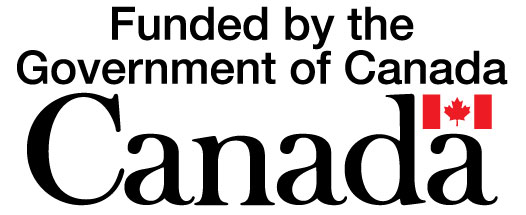Current Temperature
-2.0°C
Having a passion for flying and airplanes is what it takes to succeed in flight school
Posted on April 24, 2025 by Ryan Dahlman Southern Alberta Newspapers Photo by Samantha Johnson. PASSION FOR FLYING: Instructor Harry Jaeger with student Keegan Bartsch standing in front of the second student-built Vans RV-12, which is scheduled to be completed by June.
Southern Alberta Newspapers Photo by Samantha Johnson. PASSION FOR FLYING: Instructor Harry Jaeger with student Keegan Bartsch standing in front of the second student-built Vans RV-12, which is scheduled to be completed by June.By Samantha Johnson
Prairie Rose Public Schools Content Writer
Grade 11 student Keegan Bartsch switched to Eagle Butte High School last year from out of district so he could enrol in the South Alberta Flight Academy (SAFA). “I really wanted to fly planes,” said Bartsch. “It was a dream of mine. I joined a little late, but I’ve caught up with everybody and I’m really enjoying it.”
Even though he didn’t know how it would all work out, Bartsch took a risk and is loving being in flight school. Advancing quickly to catch up with his peers, Bartsch completed his solo flight a few months ago and now has logged over 10 hours of flight time.
Even though ground school can be difficult, he is enthusiastic about what he’s been learning. “Flight is very academic, it takes lots of attention and I think that skill translates nicely into the core high school subjects in terms of reviewing notes, discussing topics with others and fully understanding concepts,” explained Bartsch. “Before we take a flight, we have to do a weight and balance calculation of everybody in the aircraft, the weight of the fuel and oil, along with how much fuel we will lose in the air, so physics and math are involved.”
In addition to ground school and flight training, Grade 11 flight academy students take a dual credit course through SAIT called Aircraft Systems 1 (ASYS-245). Course instructor Harry Jaeger is an aircraft maintenance engineer (AME) who also works with students on the second Vans RV-12 airplane build.
“We get one of the modules SAIT has developed to be administered remotely. Students need to pass with the Transport Canada requirement of 70 per cent and an attendance of 90 per cent, giving them credits with both SAIT and in SAFA,” stated Jaeger.
The course provides an introduction for anyone who wants to become an AME and Jaeger believes it provides a solid foundation for the flight academy students. Ground school covers the fundamentals of aircraft systems and flight controls, but this course delves into the topics with more detail, which Jaeger says will help the students as they transition to flying more complex aircraft.
“We just finished up our hydraulics unit and have started our fuel unit. Before that, we had our aircraft systems, which covered different components, key elements and critical points on the aircraft,” said Bartsch. “I’m thinking after I graduate, I might join campus at SAIT and do the full program in aviation engineering. I like the intricacies of engines and how they work and how to make them better. I feel the SAIT course fits me nicely as it emphasises my interests.”
Bartsch likes the intellectual aspects of the dual-credit course and said Jaeger is a great teacher. Jaeger enjoys having Bartsch in the classroom, describing him as one of the most jovial students he’s ever taught who maintains high test scores and near perfect attendance. Bartsch is willing to try to answer a question even when he isn’t sure of the answer. He is also able to incorporate what he’s been doing in ground school and flying with what is going on in the class, opening that area of conversation for other students.
“It’s a community,” said Bartsch. “A very nice, well-packed community, so there is lots of support. If you need it, it’s there. My parents think it is amazing I get this opportunity to fly. SAFA is one of a kind and having a flight school locally in this area is an opportunity lots of people don’t get. I love flying and understanding how an aircraft works is something that interests me. You need a love for it, it’s not something you would just do, it needs to be a passion.”
Leave a Reply
You must be logged in to post a comment.

